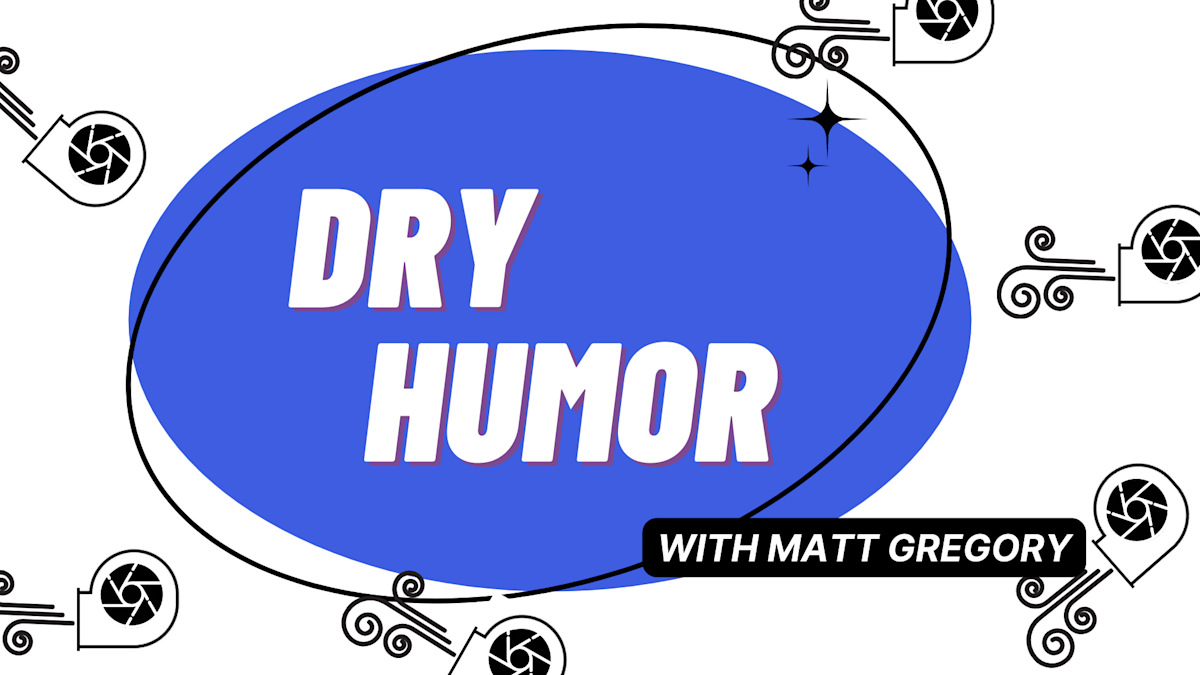The Art of Insurance Estimates


When I began my career in restoration I was told an estimate should be priced roughly between .5-1% of the overall cost of the job, even if the person writing it was billing you at an hourly rate. If a company writes 50M to the carrier every year, the price tag to that work is roughly between 250 and 500k. The estimator in my mind was always an important figure. The way they would walk around job sites, holding a pencil and notepad in one hand, a laser measure in the other, occasionally breaking out their tape or water meter, all in stride and all while maintaining a friendly conversation with a homeowner. They were like first baseman in baseball, spending their careers talking to so many different people everyday it eventually became second nature.
Each estimator wrote in their own unique fashion. Never missing a chance to comment on the others writing abilities. They had their own lingo they spoke in and carried themselves in a very similar fashion. When I decided to take a crack at it myself, it became all the more apparent why they were paid the money they were. The complex nature of compiling estimates in homeowners insurance takes a certain type of person to make a career of. As I sat their staring at the screen trying to figure out how to make sense of what was in front of me, all I could think was, there has to be a better way.
Restoration has two positions in its ranks that one can aspire to, first is a project manager, the role of maintaining a jobs organization and tasks in an efficient way. The second position being the aforementioned ‘estimator’. I do my best work at night so my inability to meet plumbers at 7AM meant project management wasn't for me. As I looked to learn the profession, I also began to look at the profession from a more overarching perspective. I felt understanding the direction in which the carriers were moving was pivotal to our success. Stuck in its ways, our field has exposed itself to an ever-growing technological gap between itself and the insurance companies. I sat through product demo after product demo from companies that told me they had a solution for my ever growing needs So why did it all just look like a cleaned up Excel sheet? Why is it $500.00 a month? What the hell was a one time sign up fee for ‘white glove’ management?
Studying the industry became a passion for me as well as talking about it. I was reading article on the way a bunch of researchers had taught a computer to do tasks around the house for the visually impaired one day, and I thought to myself “I wonder if they could teach it to write estimates if they could teach it to recognize tasks in a home” I will not bore you with the next 9 months of my life, but lets just say my criminal justice degree did not prepare me for what I was attempting to learn. The two most complicated fields of study, how insurance and machine learning. Thank god for blind confidence. A little luck and a lot of hours later I did just that. I took years of estimates written and the photos i took that go with them and programmed a computer to know one thing, how to write an insurance estimate.
What we do at Identishot does not look to replace the career estimator, his need is never more valuable, but rather we seek to free up his time in order to address more losses, be more discerning in the scopes he presents to a carrier, or just ensure that he isnt working every weekend so that he can spend more time doing the other things he loves. Along the way we hope this will prove to be a great tool for those less experienced in the nuance of estimate writing as well.
RestorationX offers a job management platform for the insurance restoration industry. Sign up today to start using AI to help you write estimates faster.
